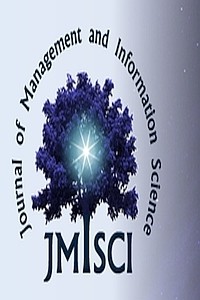Creativity for the Leaders of Future
Creativity for the Leaders of Future
___
- Amabile, T. M. (1996). Creativity in context. Boulder, CO: Westview Pres.
- Future Land Operating Concept (2012). British Army Joint Concept Note 2/12.
- Jordan, M. H., Schraeder, M., Feild, H. S., & Armenakis, A.A. (2007). Organizational citizenship behavior, job attitudes, and the psychological contract: Military Psychology, Vol 19 (4), 2007, 259-271.
- Leahy, P. (2013). The Future for Land Forces. Security Challenges, Vol. 9, No. 1 (2013), pp. 59-66.
- Madjar, N., & Oldham, G. R. (2006). Task rotation and polychronicity: Effects on individuals’ creativity. Human Performance, 19, 117-131.
- Michael D. M., Kimberly S. H., & Issac C. R. (2012). Creativity in Organizations: Importance and Approaches. In M. Mumford (Ed.), Handbook of organizational creativity. (pp. 359-386). London: Academic Press.
- Nazareth, J. (1987). Creative Thinking in Warfare. Lancer Publishers. Atlanta/GA.
- Norins, H. (1990). Traveling Creative Workshops. Englewood Cliffs, NJ.
- The Human Dimension White Paper (2014). A Framework for Optimizing Human Performance. US Army Combined Arms Center.
- US Army Publication (2013). Leader Development Strategy.
- Vego, M. (2013). On Military Creativity, Joint Force Quarterly , No. 70 , July 2013.
- Başlangıç: 2013
- Yayıncı: Kerim GÖZTEPE
Strategy Development for Future Security Environment
Evolution of the International Security Environment
The Role of Social Marketing in Creating Obesity Awareness and Its Effects on Life Quality
Mustafa Karadeniz, Güzide Eroğlu Pektaş, Mustafa Gözüyukarı
How to Make Social Media More Effective as an Exploitation Area
Creativity for the Leaders of Future
Should We Rely on Intelligence Cycle?
Bahadir Aydın, Zafer Ozleblebici
Leadership and Mission Command in Future Operational Environment
Celil Aybar, Gökhan Baltacıoğlu, Süleyman Özkaynakçı
Transforming an Army:The Trap of Culture, Politics, Technology,and the Economy
